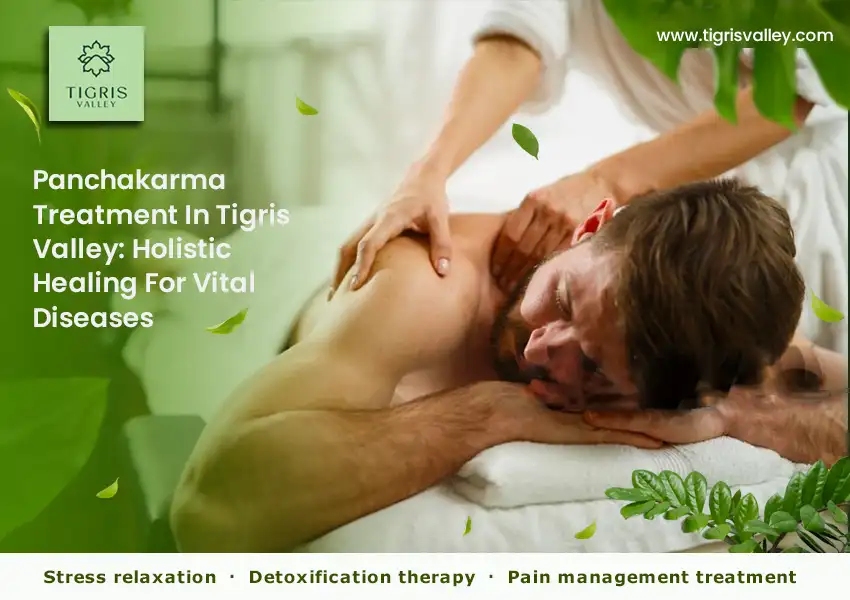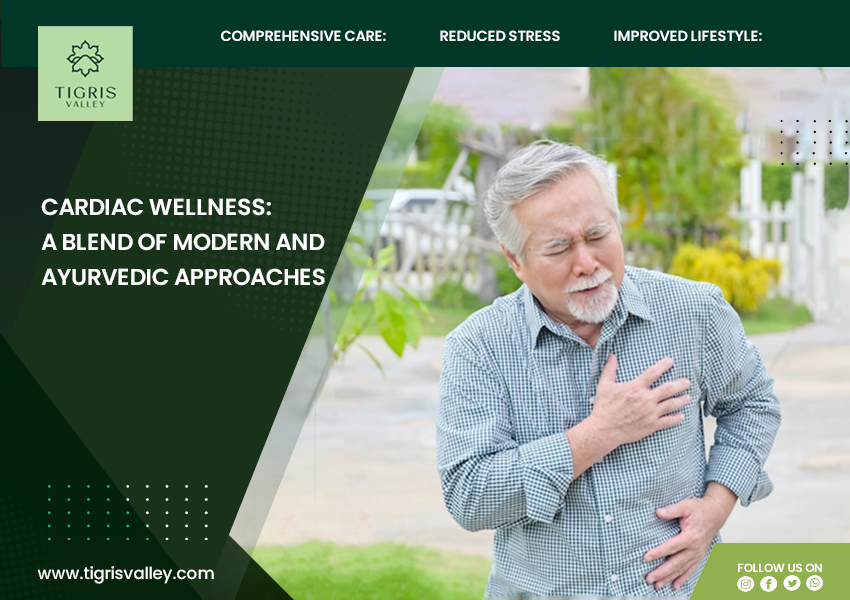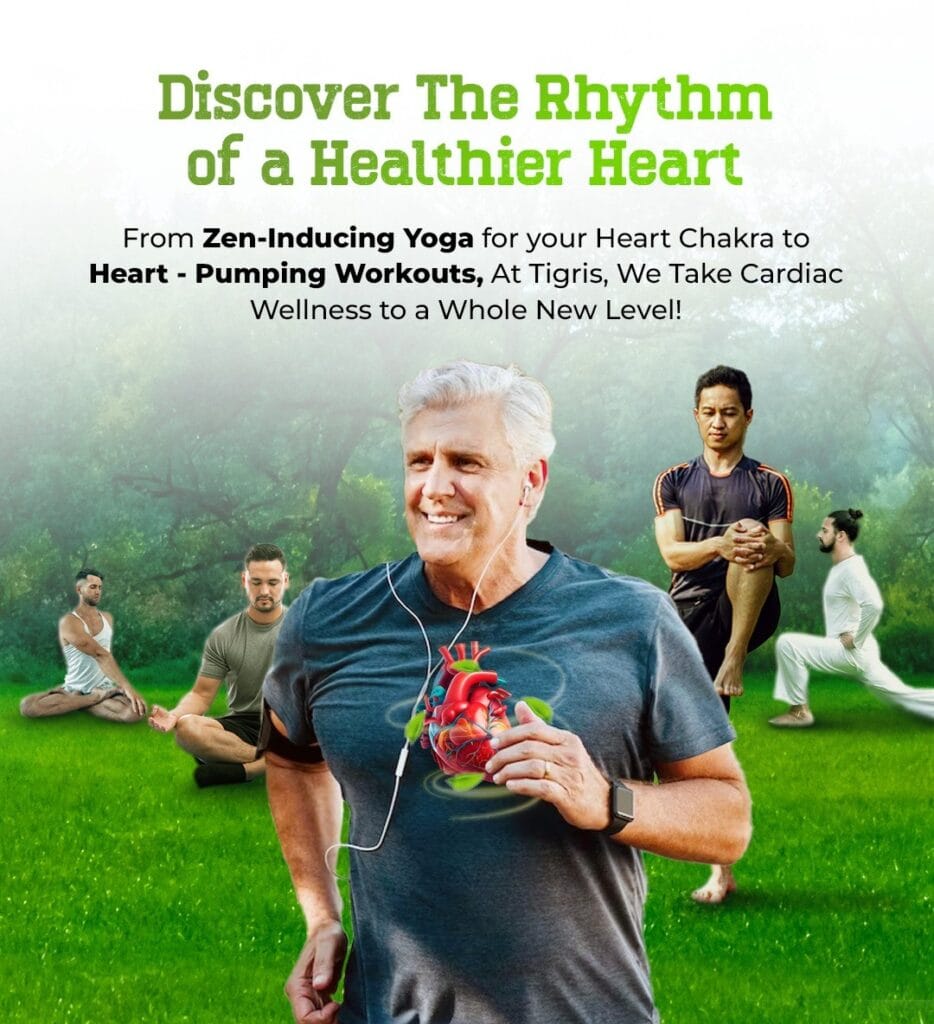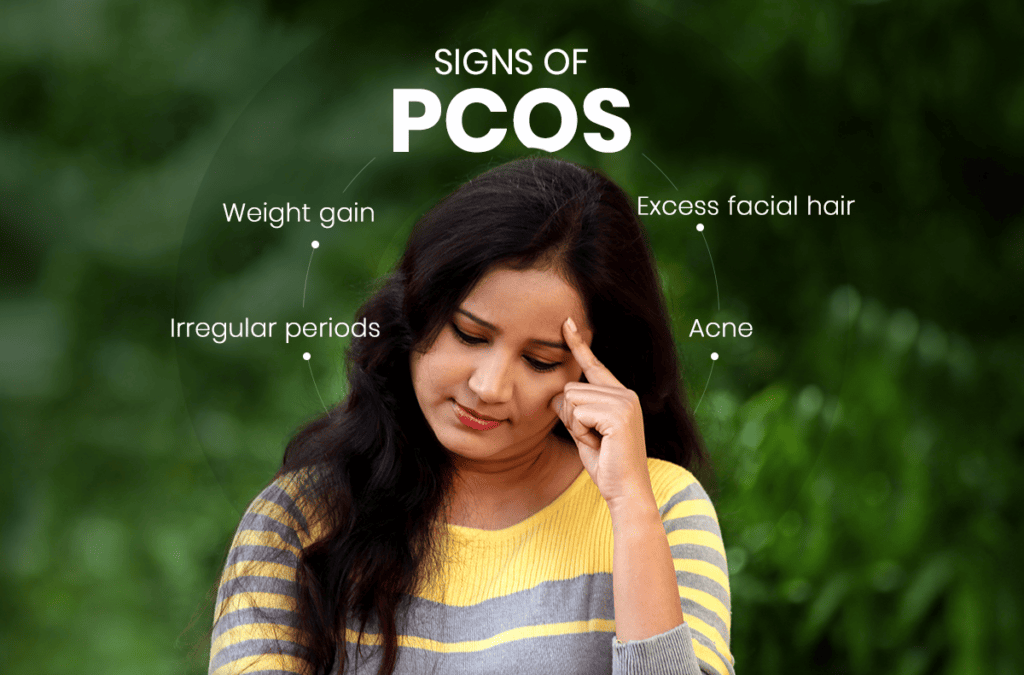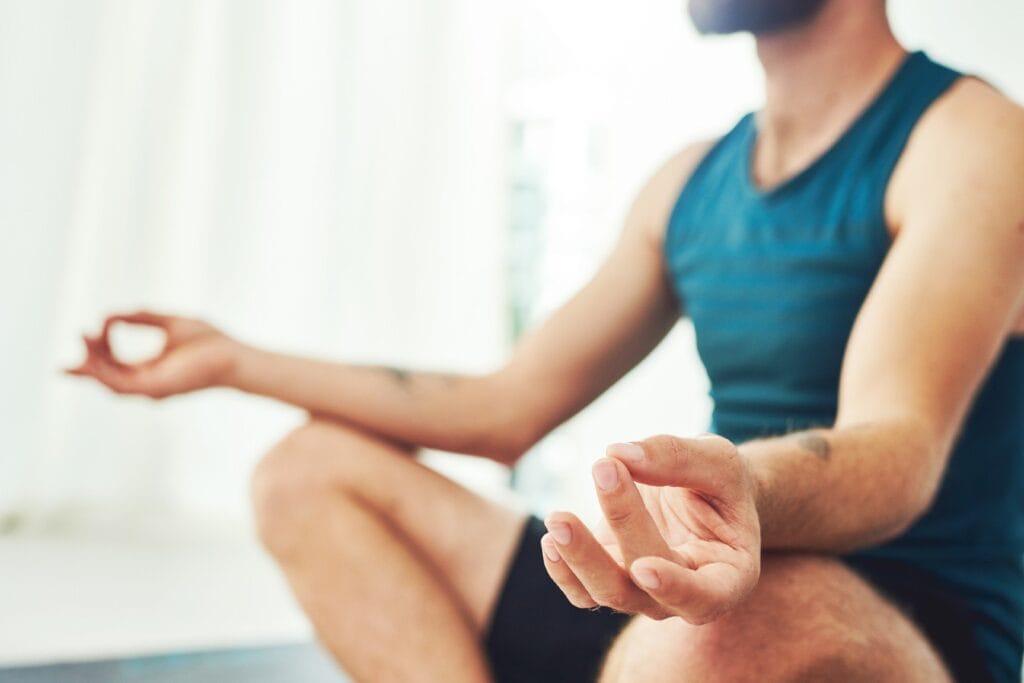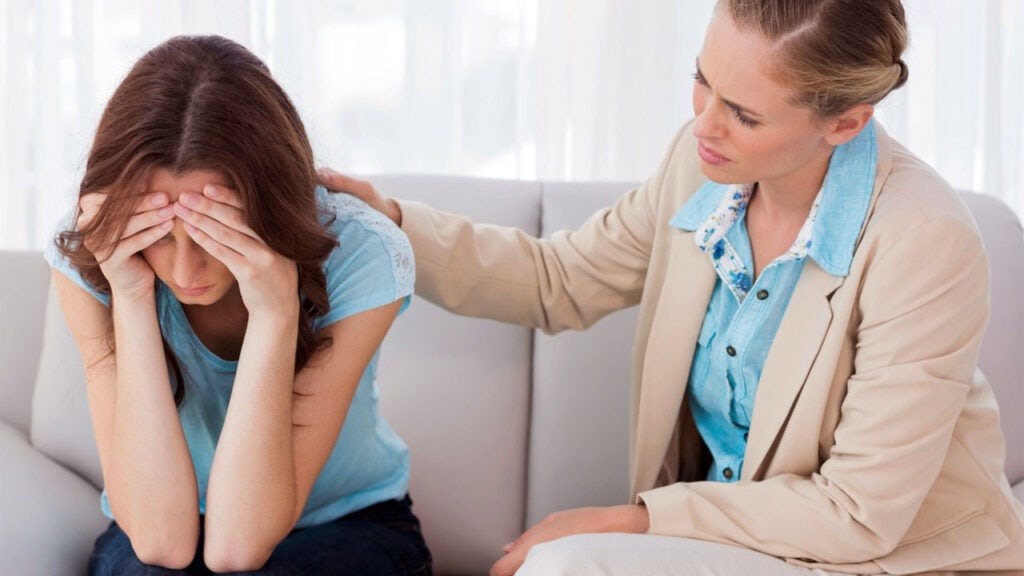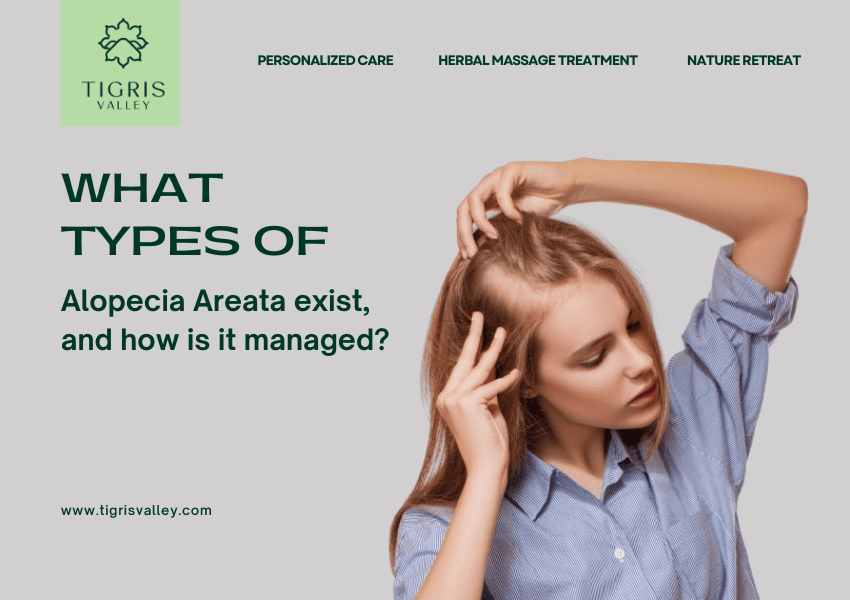At Tigris Valley, One of the best Wellness Hospital In Kerala approaches Panchakarma treatment, deeply rooted in Ayurvedic principles, targets the root cause of illnesses by balancing the three doshas – Vata, Pitta, and Kapha. This ancient therapy is renowned for its detoxification properties, aiding in the elimination of toxins from the body and restoring optimal health. Moreover, Panchakarma plays a vital role in addressing chronic conditions such as arthritis, digestive disorders, respiratory ailments, and stress-related issues.
Panchakarma’s Impact on Various Diseases
1. Detox body treatment : Panchakarma is renowned for its detoxifying effects. By removing accumulated toxins from the body, it cleanses the tissues and channels, promoting better organ function and overall health.
2. Stress relaxation: The deep relaxation and rejuvenation provided by Panchakarma not only benefit the physical body but also calm the mind, reduce stress, and improve mental clarity.
3. Gut wellness: Many digestive disorders, such as acidity, bloating, and constipation, can be effectively treated with Panchakarma. The therapy enhances digestive fire (Agni) and promotes healthy digestion.
4. Pain management treatment: Conditions like arthritis, joint pain, and muscular disorders often find relief through Panchakarma treatment in Kerala. The treatments reduce inflammation, improve circulation, and alleviate pain.
6. Weight Management: Panchakarma offers a holistic approach to weight management by addressing underlying imbalances that contribute to weight gain. It promotes healthy metabolism and aids in sustainable weight loss. Weight loss treatment in Panchakarma focuses on rebalancing the body’s doshas, improving digestion, and fostering lifestyle changes to achieve lasting and healthy weight management.
Panchakarma Treatment Process:
1. Consultation: Our qualified Ayurvedic team of experts evaluates your health history, present state of health, and doshic imbalance to create a personalised 21-day/ 14-day/ 7-day Panchakarma treatment plan in Tigris Valley.
2. Preparatory Phase: Before the main treatments begin, preparatory procedures like Snehana (oleation therapy) and Swedana (sudation therapy) are administered to prepare the body for detoxification.
3. Main Therapies: The five Panchakarma actions, to your unique needs, are performed under the guidance of experienced therapists. Each action is intended to get rid of specific toxins and bring the body back into balance.
4. Rejuvenation: After the detoxification therapy, rejuvenating therapies such as Abhyanga (oil massage), Shirodhara (oil pouring on the forehead), and Rasayana (rejuvenation therapy) are offered to nourish the body and mind.
5. Post-Treatment Care: Guidance on diet, lifestyle, and herbal supplements is provided to maintain the benefits of Panchakarma and support long-term health.
Our effective Ayurvedic Panchakarma treatment relieves a wide range of diseases and wellness goals. Its comprehensive approach makes it a transformative experience for those seeking holistic healing and rejuvenation.

